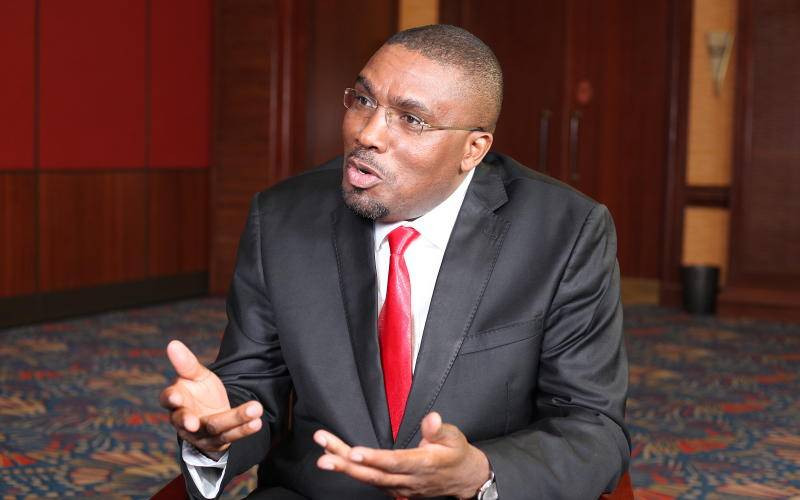How Gen Z's June protests changed between 2024 & 2025 | Pulselive Kenya
Young protesters standing in solidarity with their fallen comrade on June 25, 2024, in Nairobi.
: A Finance Bill proposing a 16 percent levy on bread and a 2.5 percent annual tax on vehicles, along with higher duties on mobile-money transfers and fuel, at a time of rising inflation and stagnant incomes.
: A one-year memorial for June 2024’s clashes, amplified by the death of blogger Albert Ojwang in police custody and the fatal shooting of a street vendor during a patrol.
: Youth groups coordinated via Twitter, Instagram reels and TikTok clips, while community WhatsApp lists and campus forums shared meeting points.
: Online calls combined remembrance posts with appeals for justice in Ojwang’s case, driving early turnout across social platforms.
)
Hundreds of protesters matching during the anti-Finance Bill protests in Nairobi's Central Business District area on June 2024.
: Demonstrators first formed roadblocks at Nairobi’s city junctions before hundreds surged onto Parliament grounds on 25 June.
: Thousands assembled in Nairobi’s central business district, joined by synchronised marches in 23 of Kenya’s 47 counties, including Kisumu and Eldoret.
)
Image from June 2024 protests
: Groups used human chains to block traffic, carried placards naming specific tax measures and pushed past police barriers toward the gates of Parliament.
: Demonstrations began with silent vigils, then morphed into marches that briefly halted traffic until security forces moved in with crowd-control measures.
)
Image from June 2024 protests
: Police fired tear gas and live rounds once crowds forced entry, and President Ruto withdrew the Finance Bill two days later after medics reported at least 23 deaths and scores wounded.
: Authorities erected barricades and checkpoints around Parliament and State House before dawn, imposed a 500-metre media exclusion zone and deployed tear gas, water cannon and rubber bullets as protests spread
)
Image from June 2024 protests
: Officials confirmed at least 23 fatalities and over 200 injuries. The tax proposals were scrapped, and a period of dialogue with youth groups followed.
: Rights monitors report 16 deaths and hundreds injured nationwide. No policy reversals have been announced, prompting organisers to call for formal inquiries into both economic decisions and policing practices .
Both movements were driven mainly by people in their late teens and twenties.
Social media platforms played a key role in turning online frustration into street mobilisation, as protesters used Twitter, TikTok and Instagram to coordinate meeting points, share updates and amplify concerns about corruption and police conduct.
These two chapters of Kenya’s Gen Z story show how digital coordination can yield real-world gatherings.
First to halt a tax law, and next to demand justice and wider reform, young Kenyans have demonstrated that they will continue to take to the streets until their concerns are addressed.
)
)
)











